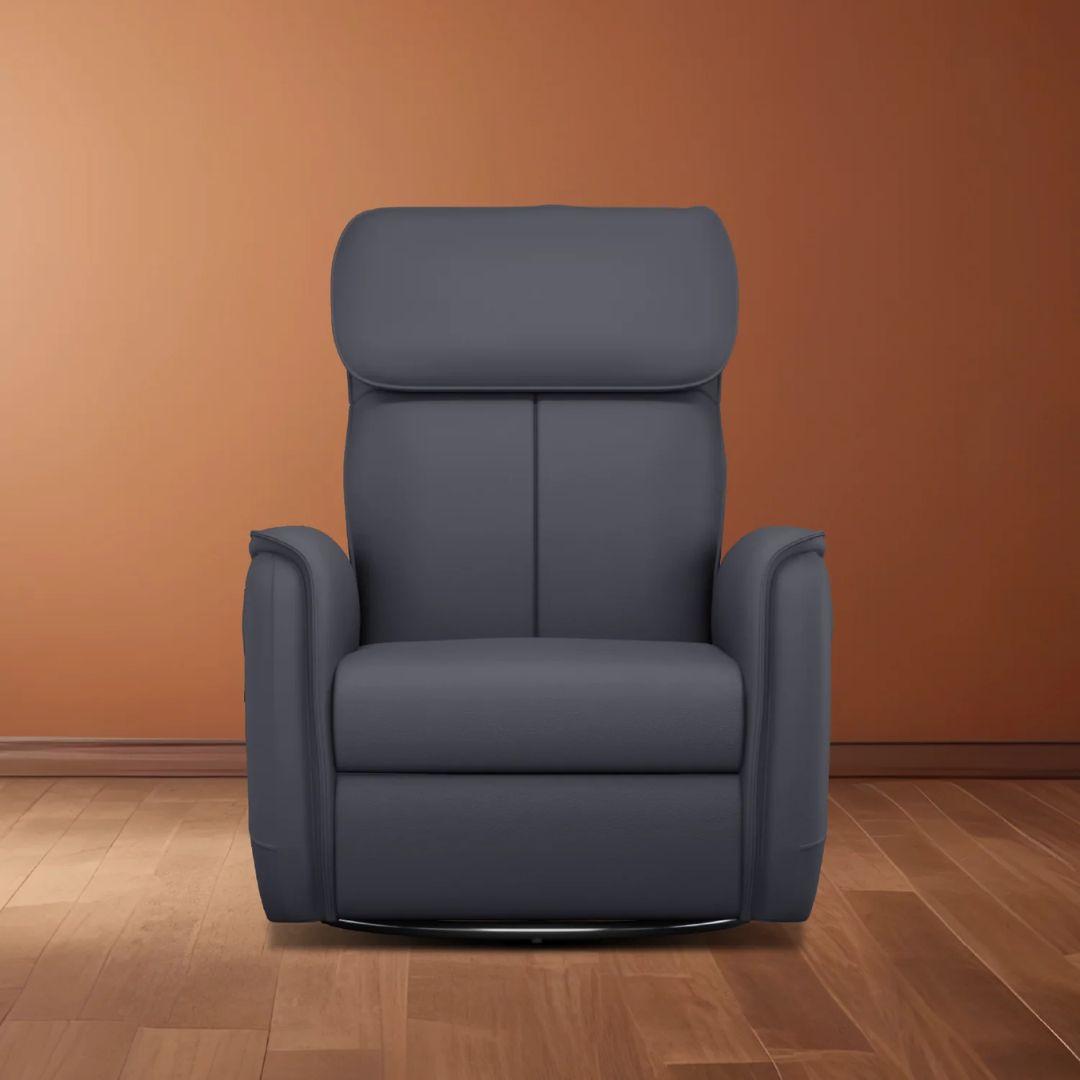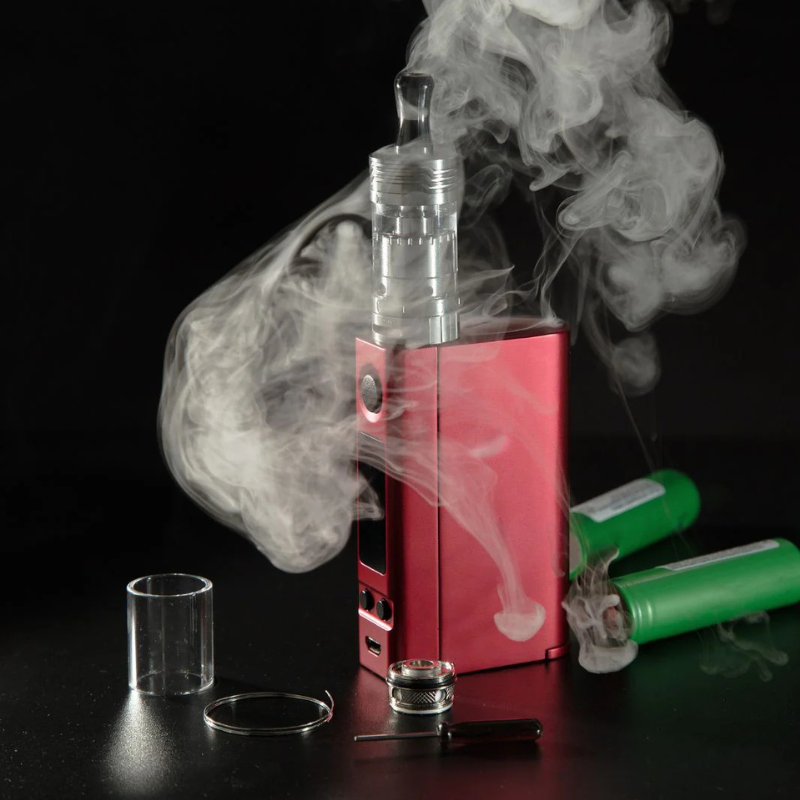إعلان مُمول
The Science Behind Massage Chairs and Muscle Recovery
In the modern world of health, wellness, and recovery, massage chairs have earned their place as more than just luxurious gadgets. Whether you're a professional athlete, a fitness enthusiast, or someone dealing with everyday stress and muscle fatigue, massage chairs can play a powerful role in supporting muscle recovery and enhancing overall physical well-being.
But what is it about these innovative chairs that makes them so effective? Let’s explore the science behind massage chairs and how they help with muscle recovery, backed by both physiological principles and technological innovation.
1. Understanding Muscle Recovery
To understand how massage chairs help, it's essential to first understand what muscle recovery actually involves.
After exercise or any physical strain, your muscles experience microscopic tears. The body initiates a recovery process that includes:
-
Increased blood flow to deliver nutrients
-
Removal of lactic acid and metabolic waste
-
Reduction of inflammation and soreness
-
Repair and strengthening of muscle tissue
The quicker and more effectively your body can do these things, the faster you recover — and the better you perform next time.
2. How Massage Chairs Stimulate Blood Circulation
One of the key scientific benefits of massage chairs is enhanced blood flow.
When muscles are kneaded, rolled, or compressed by massage chair mechanisms, it simulates the pressure and motion of traditional hands-on massage. This physical stimulation dilates blood vessels and promotes better circulation, allowing oxygen and essential nutrients to reach fatigued or damaged tissues faster.
Improved circulation also helps flush out lactic acid and toxins, which are common causes of post-workout soreness. Faster toxin removal leads to less downtime between workouts or physically demanding tasks.
3. Reduction in Muscle Tension and Spasms
Massage chairs use airbags, rollers, and vibrational elements to deliver targeted pressure on muscle groups like the back, legs, neck, and shoulders. These actions help loosen tight muscles and reduce spasms caused by overuse or poor posture.
Through techniques like shiatsu, kneading, and tapping, massage chairs replicate deep tissue stimulation. This promotes:
-
Myofascial release (relaxing the connective tissue surrounding muscles)
-
Reduced nerve compression
-
Increased flexibility and range of motion
When muscles are less tense and more mobile, they’re less likely to cramp, pull, or remain stiff after physical activity.

4. Lowering Cortisol and Boosting Endorphins
Muscle recovery is not just about the physical process — it’s also about hormonal balance.
Scientific studies show that massage (even via automated chairs) can lower levels of cortisol, the body's primary stress hormone. High cortisol levels are associated with slower healing, inflammation, and immune suppression — all of which can hinder recovery.
At the same time, massage increases the production of endorphins and serotonin, which not only elevate mood but also contribute to pain reduction and improved sleep quality — two critical elements in muscle recovery.
5. Heat Therapy for Deeper Muscle Relaxation
Many modern massage chairs incorporate infrared heat or localized warming systems.
Heat therapy works by:
-
Increasing tissue elasticity
-
Enhancing circulation
-
Reducing joint stiffness
-
Alleviating chronic muscle tension
When heat is applied in tandem with mechanical massage, it allows the chair’s rollers to penetrate deeper into the muscle layers. This is particularly effective for lower back pain, sciatica, or tight hamstrings — areas that are otherwise hard to treat at home.
6. Lymphatic Drainage for Faster Recovery
While the circulatory system delivers nutrients, the lymphatic system is responsible for removing waste products from muscles and tissues.
Massage chairs that offer compression massage (using airbags on the legs and arms) can help stimulate lymph flow. This reduces inflammation, edema (swelling), and improves immune response.
Faster lymphatic drainage results in quicker healing of micro-tears, less soreness, and reduced water retention — all essential to faster post-workout recovery.
7. Improved Sleep = Better Recovery
Massage chairs are also scientifically shown to improve sleep quality. After a session, many users experience relaxation of the nervous system, reduced anxiety, and better overall comfort — which contributes to deeper sleep.
Why does this matter for muscle recovery? Because during deep sleep and REM stages, your body releases growth hormone (GH) — the key hormone responsible for repairing tissues and building muscle.
By using a massage chair regularly — especially before bedtime — you can optimize your sleep cycles and boost the effectiveness of your recovery efforts.
8. Consistency and Convenience
Finally, the greatest advantage of massage chairs lies in their accessibility. Unlike traditional massages that require appointments, travel, and significant cost, a massage chair is always available at home or in the office.
This consistency means you can:
-
Recover after every workout
-
Target soreness immediately
-
Build massage into your daily wellness routine
Regular use, even for 15–20 minutes per session, allows you to reap cumulative benefits for muscle repair, flexibility, and pain relief.
Conclusion: A Smart Investment in Recovery
The science is clear — massage chairs are not just about relaxation. They are powerful recovery tools designed with evidence-backed technology that promotes circulation, reduces inflammation, balances hormones, and enhances muscle function.
For athletes, fitness lovers, office workers, and anyone who experiences physical fatigue or chronic pain, investing in a quality massage chair can be a game-changer for recovery and long-term wellness. It's not just about comfort — it’s about restoring your body, faster and smarter.



